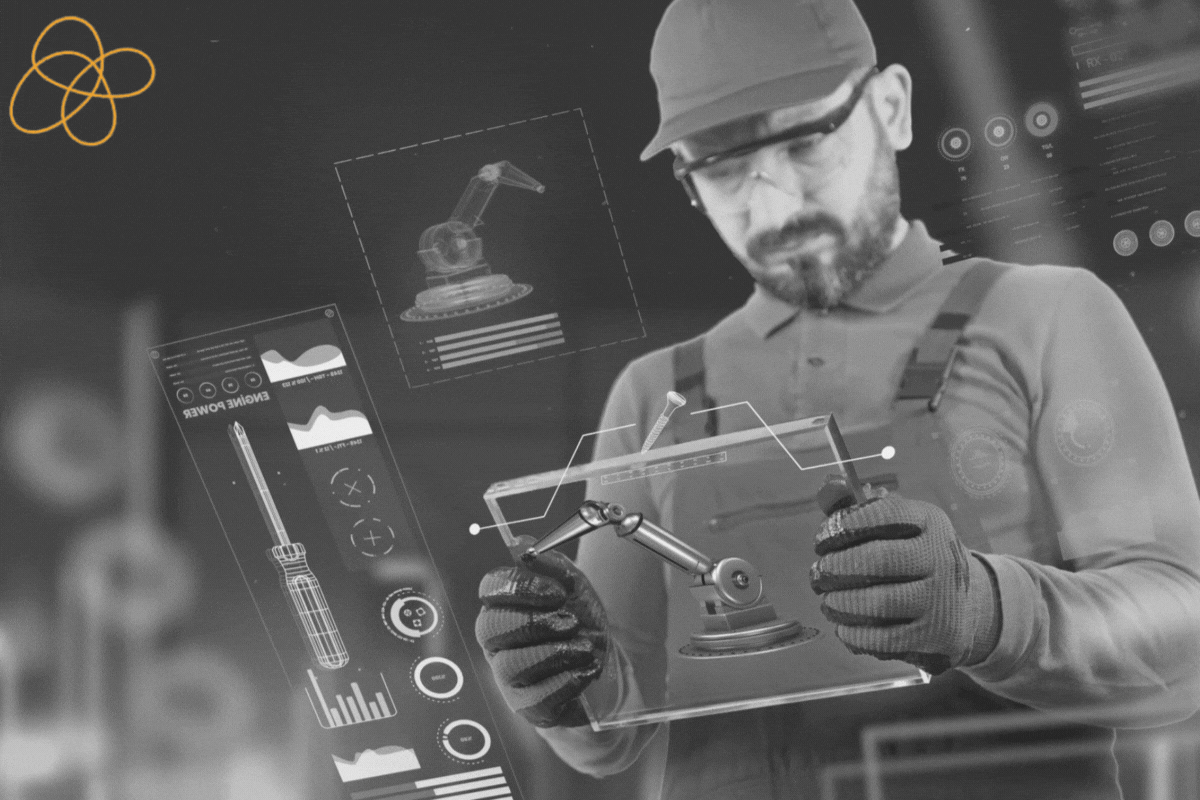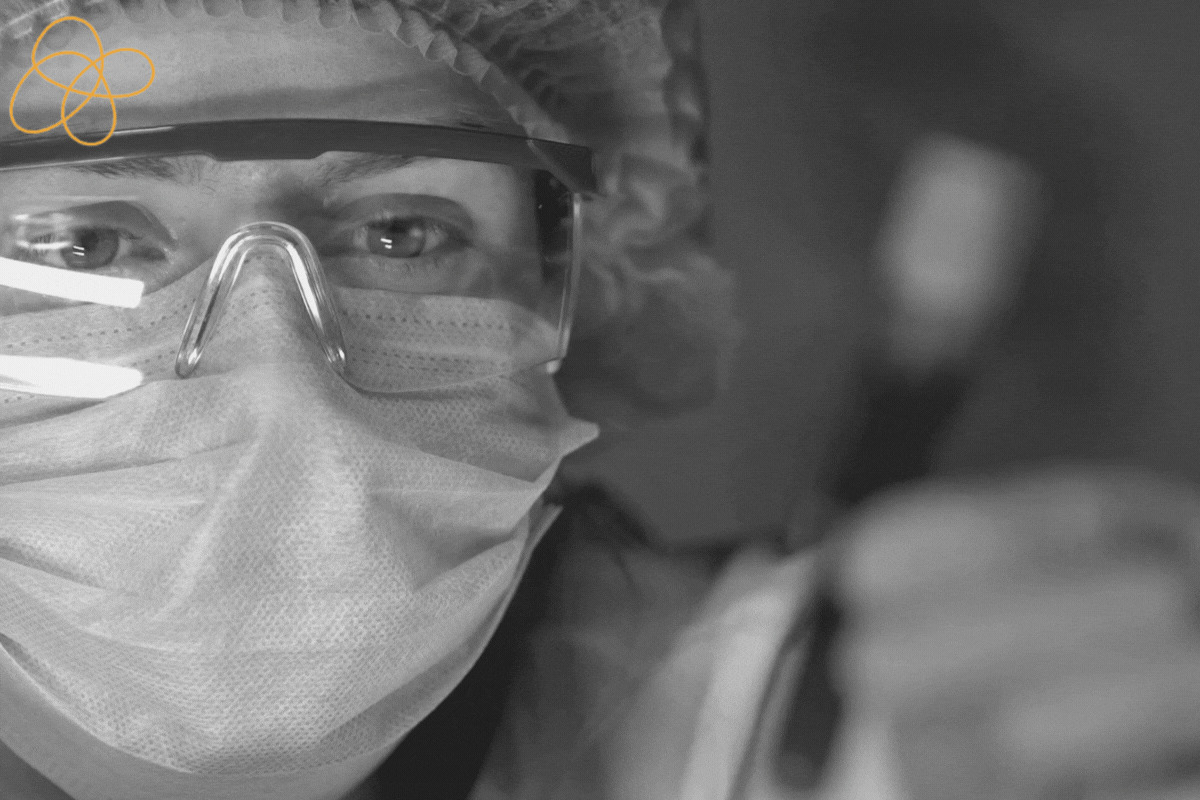Innovations in Continuous Manufacturing in Drug Development: A Shallow Dive
The realm of pharmaceutical production has traditionally been dominated by batch manufacturing, a decades-old technique with proven efficacy. However, the recent surge in technological advancements has prompted a shift in the industry towards continuous manufacturing (CM). This process offers significant advantages in terms of cost, quality, and speed.
Continuous manufacturing refers to a process where raw materials are constantly fed into the system, processed, and transformed into finished products without any interruption. This process contrasts with batch manufacturing, where production is divided into separate, distinct steps. This article delves into the exciting innovations in continuous manufacturing, focusing on drug development, and provides case studies illustrating these advancements.
The Advent of Continuous Manufacturing
The pharmaceutical industry has been slow in adopting continuous manufacturing compared to other sectors, such as petroleum and chemicals. However, the benefits of CM – including operational efficiency, smaller footprint, the potential for real-time quality control, and supply chain flexibility – are increasingly recognized by drug developers and regulators alike.
The FDA has shown support for the adoption of CM, recognizing its potential to ensure drug quality and address drug shortages. In 2015, the FDA approved the first drug produced by a continuous manufacturing process – Vertex’s Orkambi, a treatment for cystic fibrosis.
Innovations in Continuous Manufacturing
Several innovations in continuous manufacturing have disrupted the pharmaceutical industry.
Real-time Quality Control: A Pillar of Continuous Manufacturing
One of the most significant advantages of CM is the potential for real-time quality control. This is made possible by using Process Analytical Technology (PAT) tools, which can monitor and control critical process parameters in real-time. This allows for immediate adjustments and reduces the risk of manufacturing errors, leading to improved product quality and reduced waste.
Real-time quality control stands at the forefront of innovations in continuous manufacturing. Leveraging sophisticated technologies, it allows for the continuous monitoring and control of manufacturing processes, ensuring product quality and consistency while reducing waste and cost. Let’s delve deeper into the mechanics and benefits of real-time quality control in continuous manufacturing.
The Mechanics of Real-time Quality Control
Real-time quality control in continuous manufacturing relies heavily on Process Analytical Technology (PAT) tools. PAT is a system for designing, analyzing, and controlling manufacturing processes through timely measurements of critical quality and performance attributes of raw and in-process materials. It aims to ensure final product quality by managing the manufacturing process in real-time.
With PAT tools, manufacturers can monitor and control critical process parameters in real-time. These tools often include sensors and analyzers that capture data on parameters such as temperature, pressure, humidity, flow rate, and chemical composition during the manufacturing process. The data from these tools feed into control systems that can adjust process parameters on the fly, maintaining optimal conditions and ensuring consistent product quality.
Benefits of Real-time Quality Control
The benefits of real-time quality control in continuous manufacturing are manifold.
- Improved Product Quality: Real-time monitoring and control of manufacturing processes ensure consistent product quality. By detecting and correcting deviations in real-time, the risk of producing substandard products is significantly reduced.
- Reduced Waste: By continuously monitoring and controlling the manufacturing process, manufacturers can detect and correct deviations before they result in waste. This not only saves raw materials but also reduces the cost associated with waste disposal.
- Increased Efficiency: Real-time quality control can significantly increase manufacturing efficiency. By reducing the need for end-product testing and allowing for immediate adjustments, production times can be significantly shortened.
- Regulatory Compliance: Regulatory bodies like the FDA encourage the use of PAT and real-time quality control as it aligns with the Quality by Design (QbD) approach. QbD is a systematic approach to drug development that begins with predefined objectives and emphasizes product and process understanding and process control, based on sound science and quality risk management.
Case Study: GlaxoSmithKline’s Real-Time Release Testing
GlaxoSmithKline (GSK) provides a practical example of real-time quality control in action. In their manufacturing site in Singapore, GSK implemented Real-Time Release Testing (RTRT) – a component of PAT – for the production of an active pharmaceutical ingredient (API). The use of RTRT enabled GSK to eliminate certain routine tests on the API, reducing the testing time and ensuring a faster release of the product.
In conclusion, real-time quality control is revolutionizing the field of continuous manufacturing. By offering real-time insight into manufacturing processes and product quality, it enables manufacturers to ensure consistent product quality, reduce waste, increase efficiency, and maintain regulatory compliance. As the pharmaceutical industry continues to adopt continuous manufacturing, real-time quality control will undoubtedly play a pivotal role in this transition.
Artificial Intelligence and Machine Learning: Revolutionizing Continuous Manufacturing
Artificial Intelligence (AI) and machine learning have also found their place in CM. These technologies can be used to predict and control process parameters, leading to increased efficiency and quality. For example, machine learning algorithms can analyze data from sensors in real-time, predict potential quality issues, and adjust parameters to avoid these issues.
As we traverse deeper into the era of digital transformation, Artificial Intelligence (AI) and Machine Learning (ML) are playing an increasingly critical role in continuous manufacturing. These technologies offer significant improvements to process understanding, predictive capabilities, and overall efficiency. Here’s an in-depth exploration of how AI and ML are revolutionizing continuous manufacturing in drug development.
The Mechanics of AI and Machine Learning in Continuous Manufacturing
AI and ML, subsets of computer science that focus on creating systems capable of learning and improving from experience, have become essential tools in continuous manufacturing. They are particularly effective when paired with the real-time data generated during continuous manufacturing processes.
In a typical setup, AI and ML algorithms analyze data from sensors monitoring the manufacturing process. These sensors capture a variety of parameters, including temperature, pressure, humidity, flow rate, and more. The AI/ML algorithms process this data, learning from it to make predictions about future outcomes and make adjustments to maintain optimal conditions.
For instance, a machine learning model could predict potential quality issues based on current conditions and make necessary adjustments to avoid these problems. This proactive approach to quality control can dramatically reduce waste and improve product consistency.
Benefits of AI and Machine Learning in Continuous Manufacturing
The use of AI and ML in continuous manufacturing offers several benefits:
- Enhanced Predictive Capabilities: Machine learning models can analyze large amounts of data and identify patterns that humans might miss. This can lead to more accurate predictions of potential issues, allowing for proactive adjustments.
- Improved Efficiency: By automating decision-making processes and reducing the need for human intervention, AI and ML can significantly increase manufacturing efficiency. This can result in shorter production times and lower costs.
- Greater Process Understanding: AI and ML can help manufacturers better understand their processes by identifying relationships between different variables. This can lead to process improvements and innovations.
- Scalability: AI and ML models can easily be scaled to handle larger data sets and more complex processes as a company grows. This makes them a valuable tool for companies looking to scale their operations.
Case Study: AstraZeneca’s Use of AI in Drug Development
A concrete example of AI application in continuous manufacturing comes from AstraZeneca. The company has been leveraging AI to optimize their drug formulation and manufacturing processes. Using machine learning algorithms, they’ve managed to analyze vast amounts of data from their processes to predict how changes in the process parameters can affect the final product. This has led to more efficient processes and better-quality control.
In conclusion, the application of AI and machine learning in continuous manufacturing is a game-changer. It allows pharmaceutical companies to transform their manufacturing processes, making them more efficient, predictive, and capable of producing high-quality drugs consistently. As the pharmaceutical industry continues to evolve, the role of AI and machine learning will undoubtedly become increasingly critical.
Modular and Portable Systems: A New Age in Continuous Manufacturing
Another exciting innovation in CM is the development of modular and portable systems. These systems allow for flexibility and scalability, as they can be easily added or removed depending on production needs. This is particularly beneficial for small-volume, high-value drugs, as it allows for efficient production without the need for large-scale facilities.
In recent years, the concept of modular and portable systems has gained significant traction in the realm of continuous manufacturing. Defined by their flexibility and adaptability, these systems offer a transformative approach to drug production, particularly beneficial for small-volume, high-value drugs. Here, we delve deeper into the mechanics and advantages of modular and portable systems in continuous manufacturing.
The Mechanics of Modular and Portable Systems
Modular and portable systems are designed to be highly flexible and adaptable. A modular system comprises different units or modules, each responsible for a specific stage in the manufacturing process. These modules can be assembled and disassembled, rearranged, or scaled up and down depending on the production needs. This design allows for easy process changes and improvements without disrupting the entire system.
Portable systems take this concept a step further. They are not only modular but also compact and mobile, meaning they can be transported and set up at different locations as needed. This is particularly beneficial in situations such as pandemic response, where rapid, localized production of therapeutics or vaccines may be required.
Benefits of Modular and Portable Systems
The use of modular and portable systems in continuous manufacturing offers several benefits:
- Flexibility: Modular and portable systems can be easily adapted to changing production needs. This flexibility is particularly valuable in the pharmaceutical industry, where the demand for certain drugs can fluctify rapidly.
- Scalability: Modular systems can be scaled up or down by adding or removing modules. This makes it easy to adjust production volumes based on demand.
- Cost-effectiveness: Modular and portable systems can reduce the need for large-scale, fixed facilities, leading to significant cost savings. Moreover, they can decrease the time to market by enabling rapid scale-up and technology transfer.
- Localization: Portable systems can be transported to where they’re needed, enabling local production. This can reduce supply chain risks and ensure a rapid response in crisis situations.
Case Study: Pfizer’s Portable Modular Facility
Pfizer provides an interesting case study of the use of portable systems in continuous manufacturing. Pfizer’s Portable, Continuous, Miniature, and Modular (PCMM) system is a prime example of a portable continuous manufacturing system. The PCMM can be transported and set up anywhere in the world, allowing Pfizer to produce solid oral dose medications on-site. This has allowed Pfizer to streamline their supply chain and respond more quickly to changes in demand.
In conclusion, modular and portable systems are pushing the boundaries of what is possible in continuous manufacturing. By offering unprecedented flexibility, scalability, and localization, these systems are transforming the way we think about drug production. As the pharmaceutical industry continues to evolve, the role of modular and portable systems will undoubtedly become increasingly important.
Further Case Studies in Continuous Manufacturing
Janssen’s Prezista
Janssen’s Prezista (darunavir), an antiretroviral medication, is a notable case study in the use of continuous manufacturing. The FDA approved Janssen’s switch from batch to continuous manufacturing for Prezista in 2016. The transition allowed Janssen to significantly reduce the manufacturing time, from weeks in batch production to just a few days in continuous production.
Eli Lilly’s CM Pilot Plant
Eli Lilly is another pharmaceutical company that has invested in continuous manufacturing. The company opened a continuous manufacturing pilot plant in 2017, focusing on the production of small molecule drugs. The move was aimed at increasing manufacturing efficiency and reducing costs.
Continuous manufacturing in the pharmaceutical industry is still in its early stages, but the innovations and case studies discussed here highlight the potential benefits and the direction the industry is moving. As drug sponsors, it’s crucial to stay informed about these advancements and consider how they could be applied to your own production processes.
In conclusion, as we continue to explore and refine these technologies, continuous manufacturing promises a future of more efficient, flexible, and high-quality drug production. The pharmaceutical industry stands on the brink of a production revolution, and it is an exciting time to be a part of it.
Conclusion: Continuous Manufacturing – The Future of Drug Development
The landscape of pharmaceutical manufacturing is evolving at an unprecedented pace, driven by innovations such as real-time quality control, AI and machine learning, and modular and portable systems. These advancements in continuous manufacturing are transforming how we produce drugs, promising enhanced efficiency, flexibility, and product quality.
Real-time quality control, powered by Process Analytical Technology (PAT) tools, allows monitoring and controlling manufacturing processes in real time, ensuring consistent product quality and reducing waste. It signifies a shift from traditional ‘quality-by-testing’ to ‘quality-by-design’ principles.
AI and machine learning, on the other hand, are revolutionizing continuous manufacturing by offering enhanced predictive capabilities and process understanding. By automating decision-making processes and reducing the need for human intervention, these technologies are streamlining manufacturing processes and improving product quality.
Finally, modular and portable systems are providing a new level of flexibility and adaptability in drug production. These systems, capable of being scaled, rearranged, or transported as per production needs, are particularly beneficial for the production of small-volume, high-value drugs.
As we look ahead, it is clear that the pharmaceutical industry stands on the brink of a production revolution. Continuous manufacturing, bolstered by these innovations, holds the promise of more efficient, flexible, and high-quality drug production. For drug sponsors and manufacturers, staying informed and adaptable in the face of these advancements will be key to navigating the future of drug development. Indeed, as we continue to explore and refine these technologies, it is an exciting time to be a part of the pharmaceutical industry.






